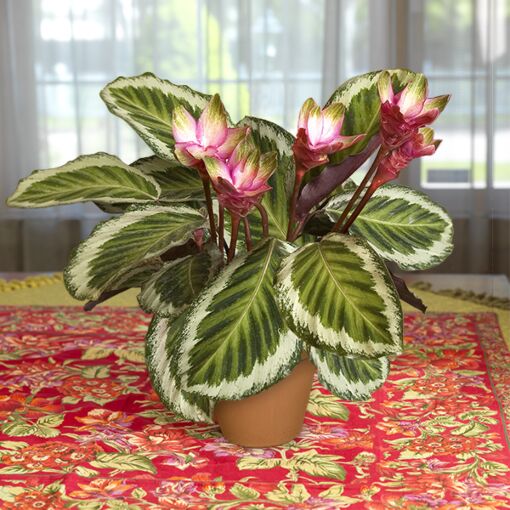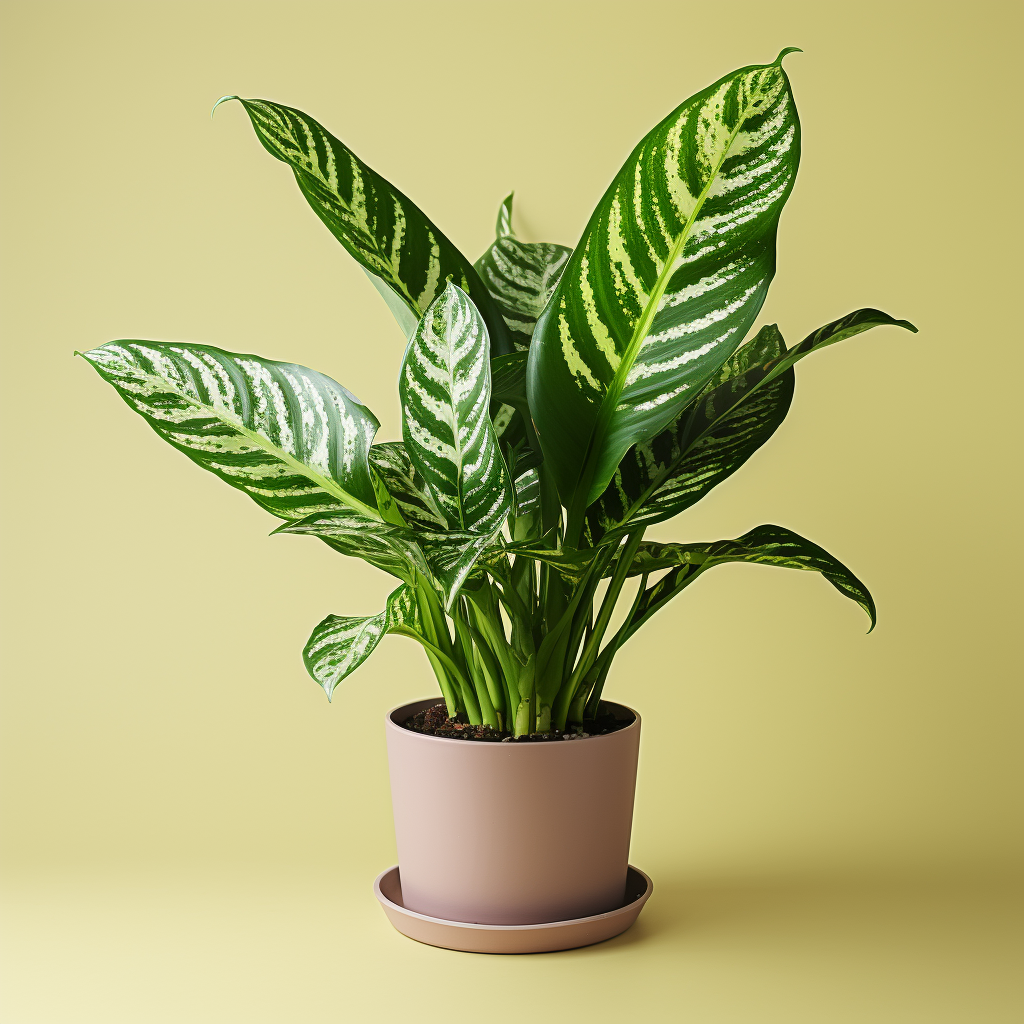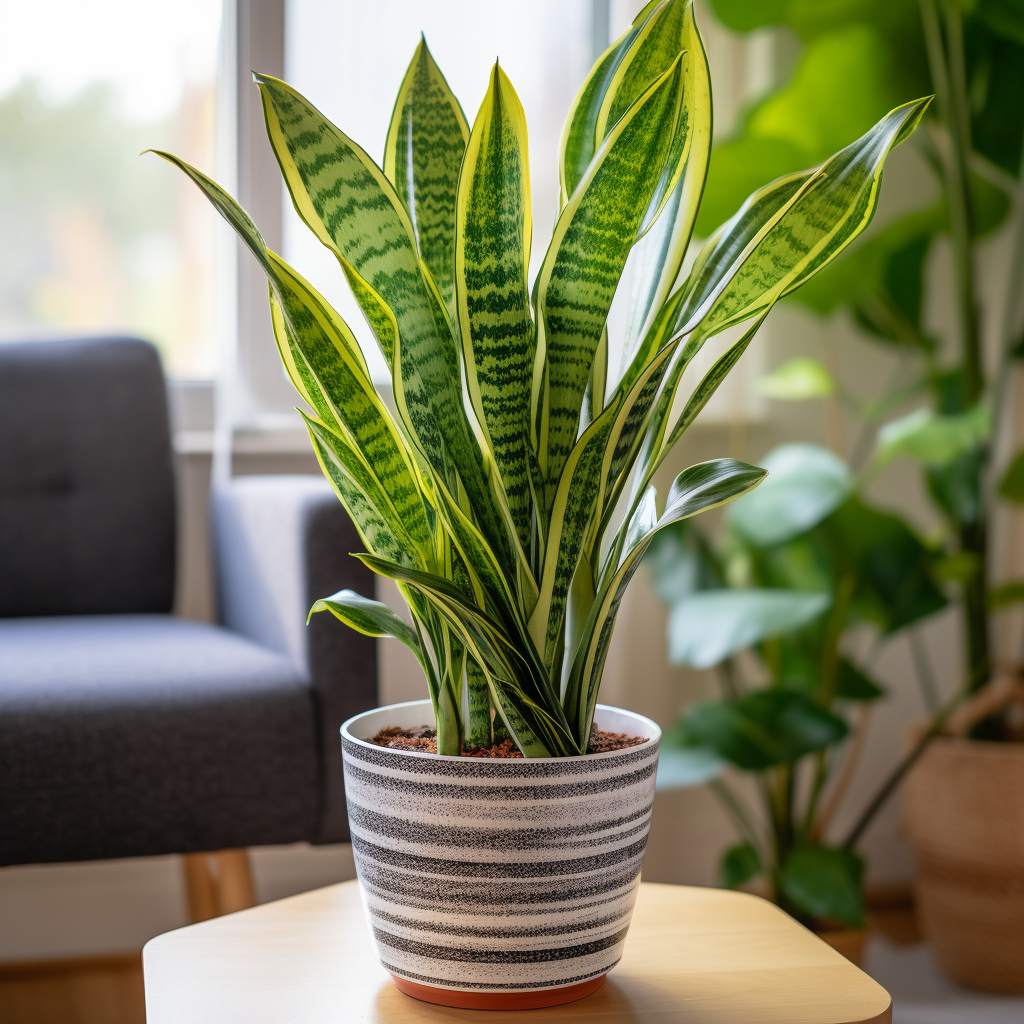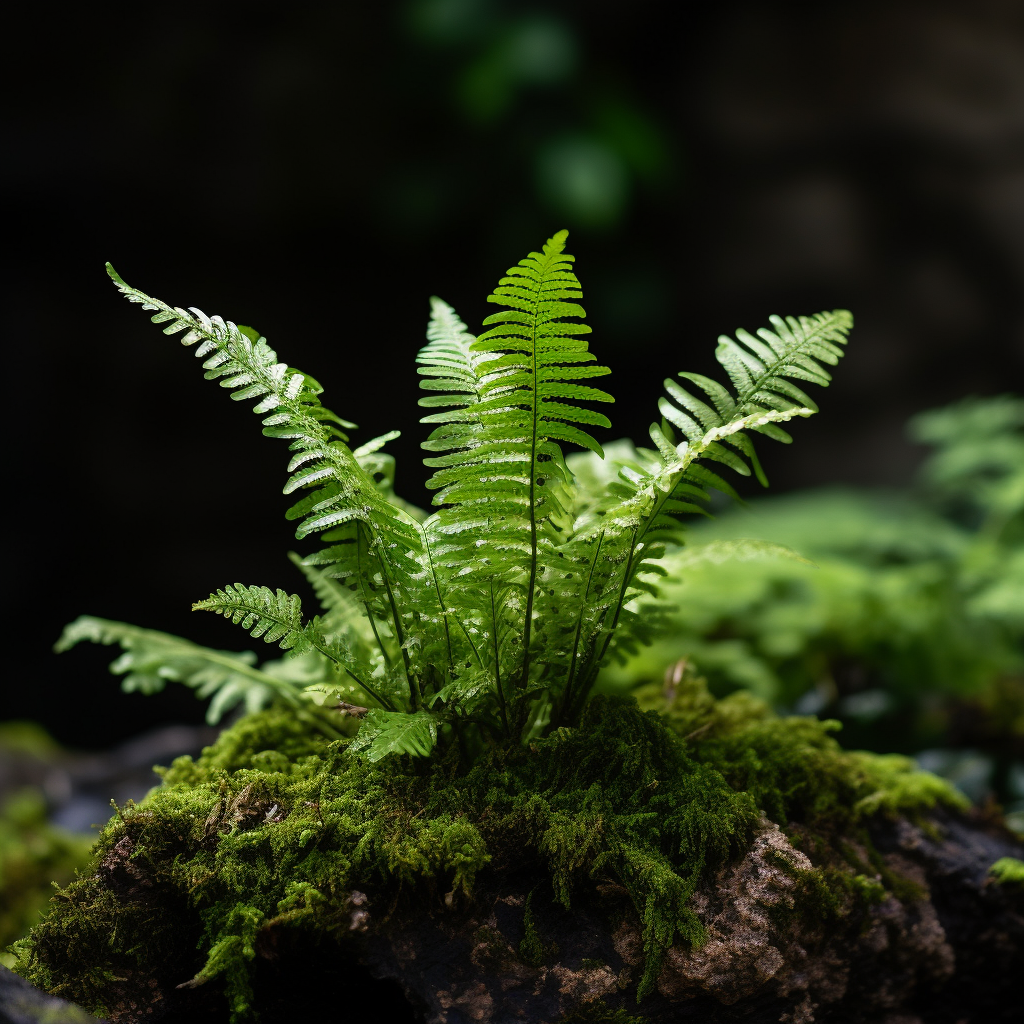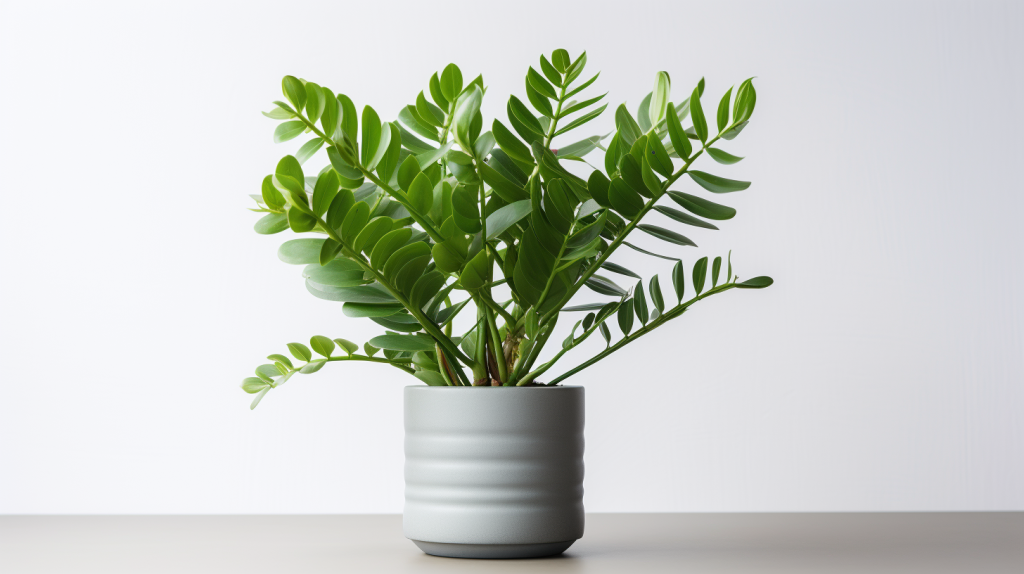The Peacock plant, or Calathea Makoyana, is a stunning houseplant that has been captivating plant lovers for years. With its breathtaking feather-like foliage and fascinating growth habits, it’s hard not to fall in love with this mesmerizing beauty.
A Vivid Description of the Peacock Plant
A native of the tropical rainforests of eastern Brazil, the Peacock plant, also known as the cathedral windows plant, is famous for its elaborate, eye-catching foliage. The plant gets its enchanting name from the unique patterns adorning its leaves, strikingly reminiscent of the iridescent tail feathers of a peacock.
The broad, oval leaves of the plant showcase a delightful palette of greens. The top surface parades a vibrant green background with darker green feather-like lines emanating from the central rib towards the outer edge, creating a fascinating network of patterns.
What’s more intriguing is the underside of these leaves, which presents a contrasting purplish-red shade. This stark contrast gives the plant a visual depth that adds a unique dimension to its overall charm. The plant, on average, can grow up to 2 feet tall, contributing a dramatic, tropical flair to any indoor setting.
Fascinating Facts about Calathea Makoyana
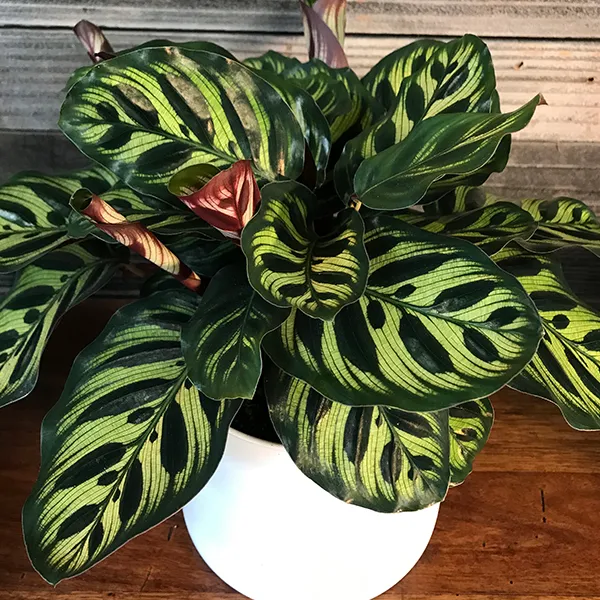
The Peacock plant, Calathea Makoyana, is an integral member of the Marantaceae family, which includes other beautiful specimens like the prayer plant. This family is known for the fascinating nocturnal movements of its members. As evening falls, the Peacock plant folds its leaves upwards, resembling a pair of hands in prayer.
Being a perennial, Calathea Makoyana can continue to grow for several years given the right care. Its native environment, the Brazilian rainforests, offers it the perfect balance of dappled sunlight, high humidity, and rich soil, creating an environment that facilitates its thriving growth.
Mastering the Care for Calathea Makoyana
While the Peacock plant can be slightly demanding in terms of care, the sheer beauty it adds to your space makes every effort worth it. This plant thrives in bright, indirect sunlight that mimics the dappled light of its rainforest home.
Humidity plays a crucial role in the well-being of the Peacock plant. To emulate the humid rainforest environment, regular misting can be beneficial. However, be cautious not to overdo it, as excessive moisture could invite fungal infections.
In terms of soil, the Peacock plant prefers a well-draining type that retains some moisture but doesn’t become waterlogged. A mixture of peat, perlite, and compost would make a good choice. The plant does best in temperatures ranging between 65-85°F (18-29°C), which makes it suitable for indoor growing in most climates.
Anticipating Problems that May Occur with the Peacock Plant
Despite your best care efforts, your Peacock plant may occasionally face issues. Browning leaf edges, curling, and leaf spots are some common problems. These could be due to low humidity, overwatering, or overexposure to direct sunlight. Adjusting the environment can often remedy these issues.
In terms of pests, watch out for spider mites and aphids, which can be dealt with using an insecticidal soap or a neem oil solution.
Is the Peacock Plant Poisonous?
While the Peacock plant is an absolute delight to have in your home, it’s essential to exercise caution if you have pets or small children. The plant isn’t considered highly toxic, but if ingested, it may cause mild symptoms like mouth irritation or stomach discomfort.
Exploring the Uses of the Peacock Plant
The Peacock plant, apart from being a stunning visual addition to your home or office, serves a functional purpose as well. Research suggests that it has air-purifying qualities, capable of filtering out toxins present in the air. Therefore, the plant not only enhances your space aesthetically but contributes to a healthier living environment as well.
Is the Peacock Plant an Indoor Plant?
Yes, indeed! The Peacock plant is a beloved choice among indoor plant enthusiasts. It does well under the controlled environment of a home or office, provided it receives adequate light, humidity, and care. This versatility makes it a perfect companion for your living room, office, or even your bedroom!
Does a Peacock Plant Need Direct Sunlight?
Contrary to what you might assume for a tropical plant, the Peacock plant doesn’t favor direct sunlight. Rather, it thrives in indirect, filtered light that resembles the shaded understory of a rainforest. Direct sunlight could potentially cause leaf burn or fading of the plant’s magnificent leaf patterns.
Conclusion
In essence, the Peacock plant is a charming addition to any plant collection. With a bit of care and attention, this stunner can add a vibrant, tropical feel to your home or office. Its lush foliage, unique patterns, and air-purifying abilities make it an ideal choice for plant enthusiasts.
FAQs
Q1. How often should I water my Peacock plant?
You should keep the soil consistently moist but never waterlogged. Watering once a week should suffice in most conditions.
Q2. Can I propagate a Peacock plant?
Yes, you can propagate a Peacock plant by division during repotting.
Q3. What type of fertilizer is best for the Peacock plant?
A balanced, water-soluble fertilizer applied every two weeks during the growing season should provide the necessary nutrients.
Q4. Why are the leaves on my Peacock plant turning yellow?
Yellow leaves often signal overwatering. Cut back on watering and check if the soil is well-draining.
Q5. Is the Peacock plant a good plant for beginners?
While the Peacock plant can be a bit challenging to care for due to its need for specific conditions, it can still be a good plant for beginners willing to invest time in its care.
References
Calathea Makoyana (Peacock Plant): Care and Growing Guide. Spruce.
A Guide to the Peacock Plant. Houseplant Resource Center.
Caring for Calathea Makoyana. Smart Garden Guide.

